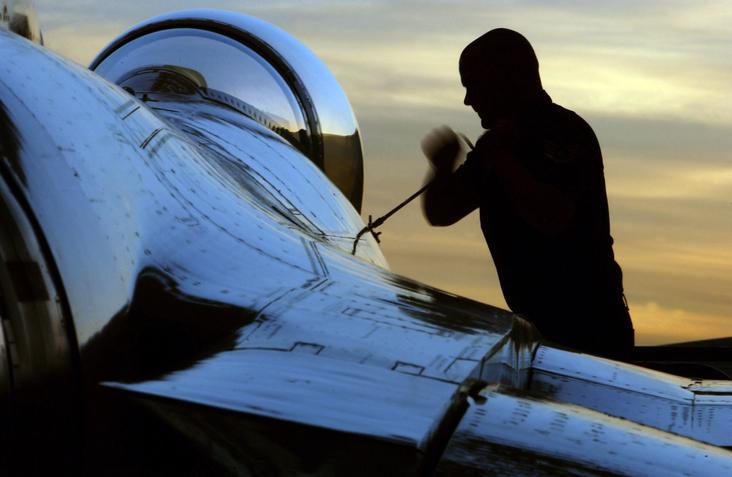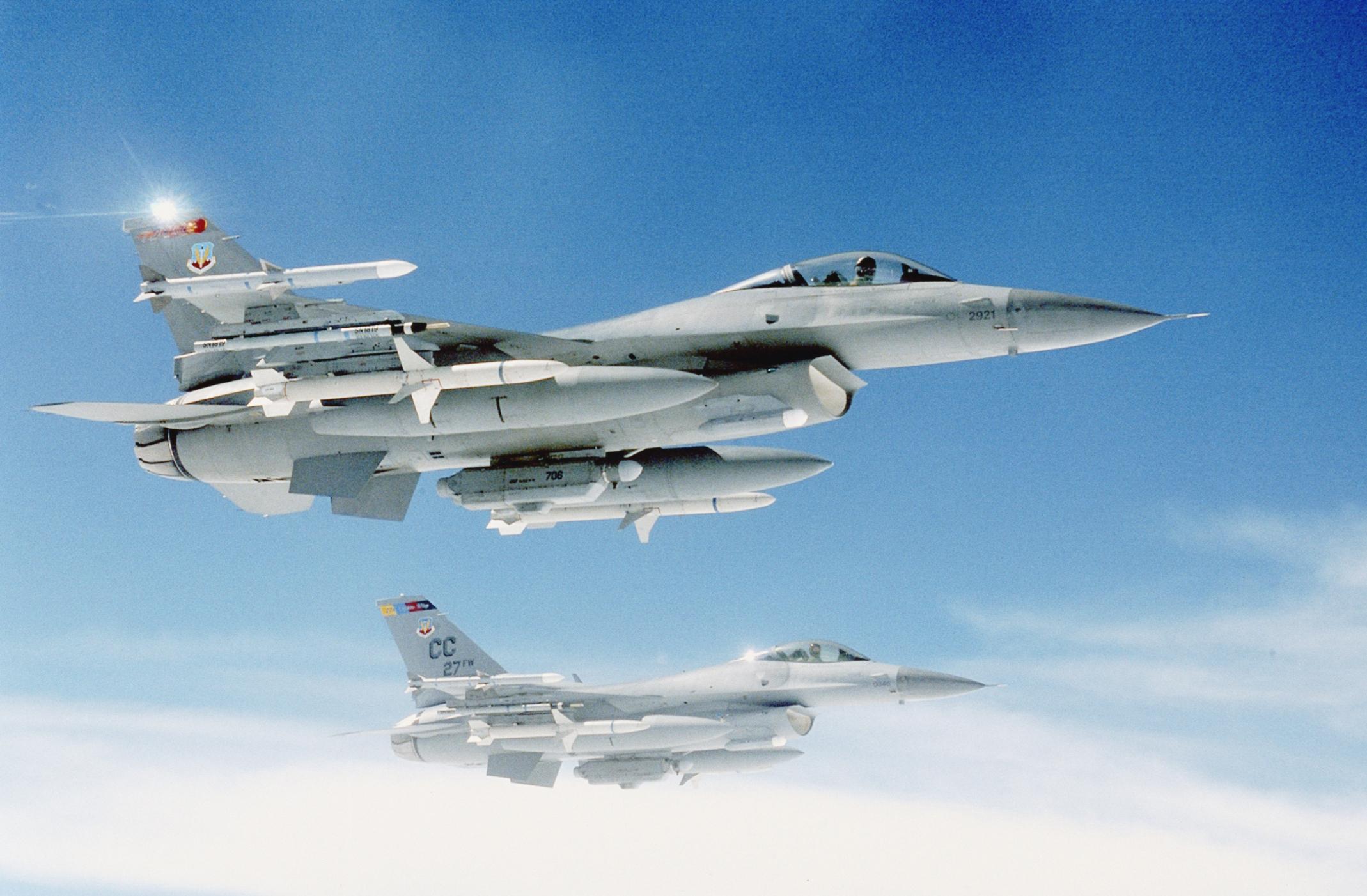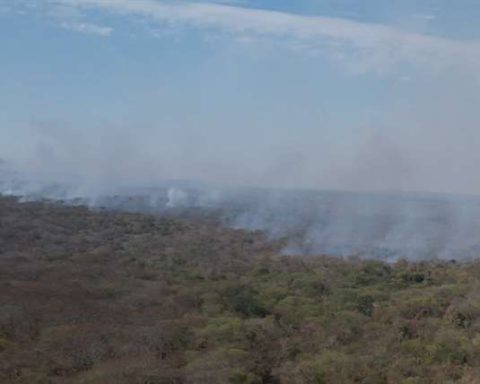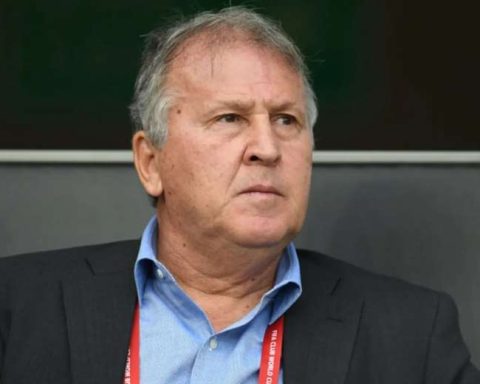June 29, 2023, 6:55 AM
June 29, 2023, 6:55 AM
Defense Correspondent, Norway

Western allies are ready to train Ukrainian air force pilots to handle F-16s.
However, one important unknown remains: which countries will be willing to supply the US fighters, how many and when.
Shipment of F-16 fighter jets to Ukraine won’t be a quick fix or, in the words of the head of the Norwegian Air Force, a “panacea”.
Major General Rolf Folland believes it will take time for Ukraine to develop the ability to operate these Western jets with a complex weapons system.
We meet Folland at a large-scale Allied air exercise taking place in Norway, Finland and Sweden involving 150 fighter jets, far more than the entire Ukrainian Air Force.
The general says the practice is aimed at dominating the skies to prevent what he calls the kind of “old-fashioned” conflict currently taking place in Ukraine.
Three years to master an F-16
Winning air supremacy requires a level and sophistication that Ukraine at the moment cannot match. And even receiving a limited fleet of F-16s, it’s not clear that it will make it.

Pulse, a Belgian pilot, it took him three years to master his F-16 fighter. He asks us to use his military pseudonym instead of his real name.
He shows us his F-16, an aircraft originally designed in the late 1970s, long before he was born.
“It flies like a dream,” he says. “But flying is the easiest part. The rest is harder.”
It refers to the long process of learning to operate the radar, sensors and weapons of the F-16.
Ukraine, which today has more pilots than planes, hopes to shorten that training to a few months.
Pulse sees it as logical to supply Western aircraft to Ukraine. He points to the weapons on his F-16: air-to-air missiles to destroy enemy aircraft and bombs to hit ground targets. “That’s important,” she says, “because you can use any NATO weapon with this plane.”
Expensive and risky maintenance
No less important is the issue of fighter maintenance.
The Norwegian Air Force, like others in Europe, has transitioned to the more modern F-35, so in theory it should have F-16s available for Ukraine.
At Orland Air Force Base, two of the oldest F-16s are used to train aeronautical engineers. That can take a year, or even more, for a senior aircraft technician.
“You can’t just turn in a fighter jet and say goodbye!” explains Col. Martin Tesli, the base commander and former F-16 pilot.

It highlights that there are huge logistical requirements: spare parts, software and weapons. But he also understands the need to modernize the Ukrainian fleet of old Soviet-era jets.
“To a certain extent, if you don’t provide them with another type of aircraft, they won’t have an air force to defend themselves,” Tesli says.
According to Justin Bronk of the Royal United Services Institute, Ukraine would likely need the help of Western contractors to keep the F-16s flying. The obvious question is, which country is willing to accept the risks of deploying its own personnel on the ground?
professor bronk considers it more likely that Russia will target Ukrainian airbases if this country receives western planes. That’s a danger for the single-engine F-16, whose large air intake can suck up debris from the runway.
Would they be decisive in the war?
The above mentioned are good reasons why the US has resisted Ukraine’s pressure for F-16s for so long.
Rather than the fear of escalation, it is the practical aspects of operating and maintaining the aircraft that are important. The Pentagon has warned that it will be complex and expensive.

Nor is it considered likely that bringing Ukraine this resource would significantly alter the battle on the ground.
Lieutenant Colonel Neils Van Hussen, a former Royal Netherlands Air Force F-16 pilot, states that “a single weapons system will not change a great war“. He believes that the F-16s would simply give Ukraine “the ability to maintain what they are doing now.”
The reality of this war is that not even Russia, with its considerable air force, has been able to dominate the skies. Ground-based air defense systems are helping to prevent that from happening.
Equipping Ukraine with more air defenses will remain the West’s immediate priority. Rebuilding the country’s air force is a longer-term goal.
Remember that you can receive notifications from BBC Mundo. Download the new version of our app and activate them so you don’t miss out on our best content.

















